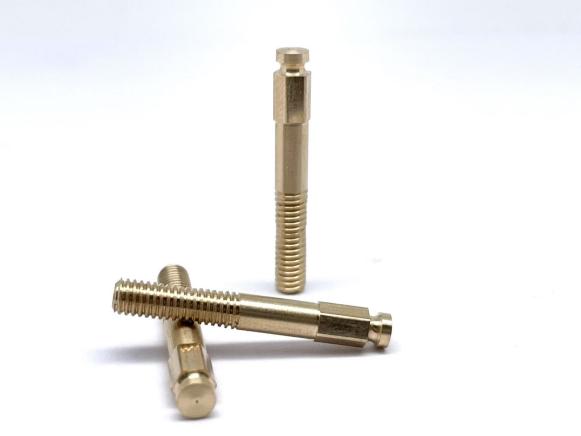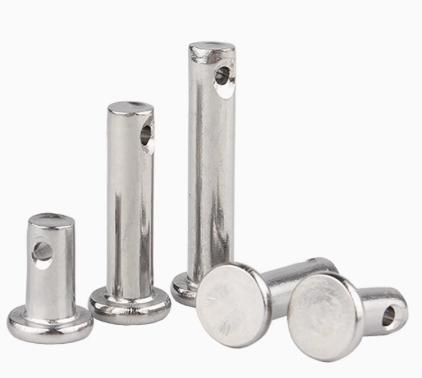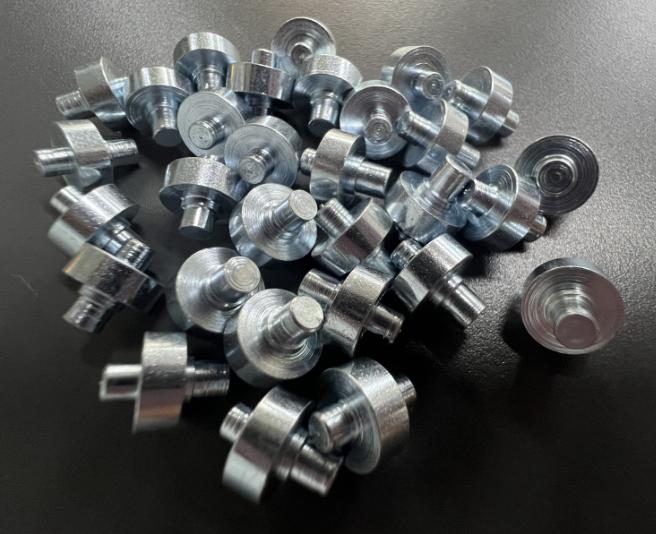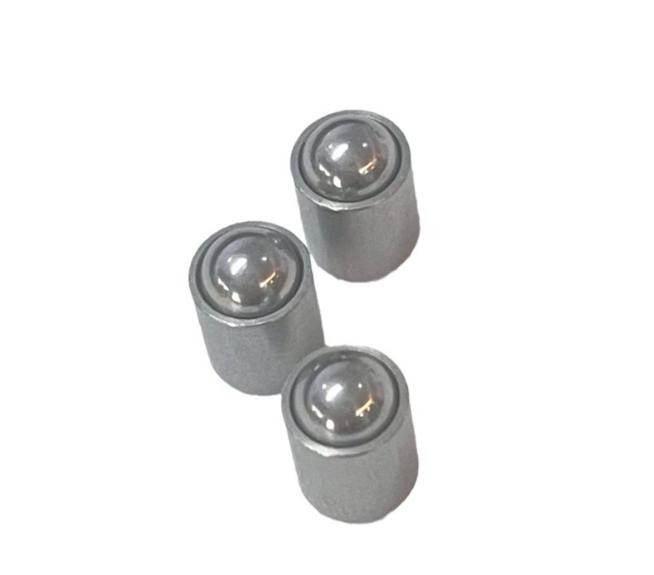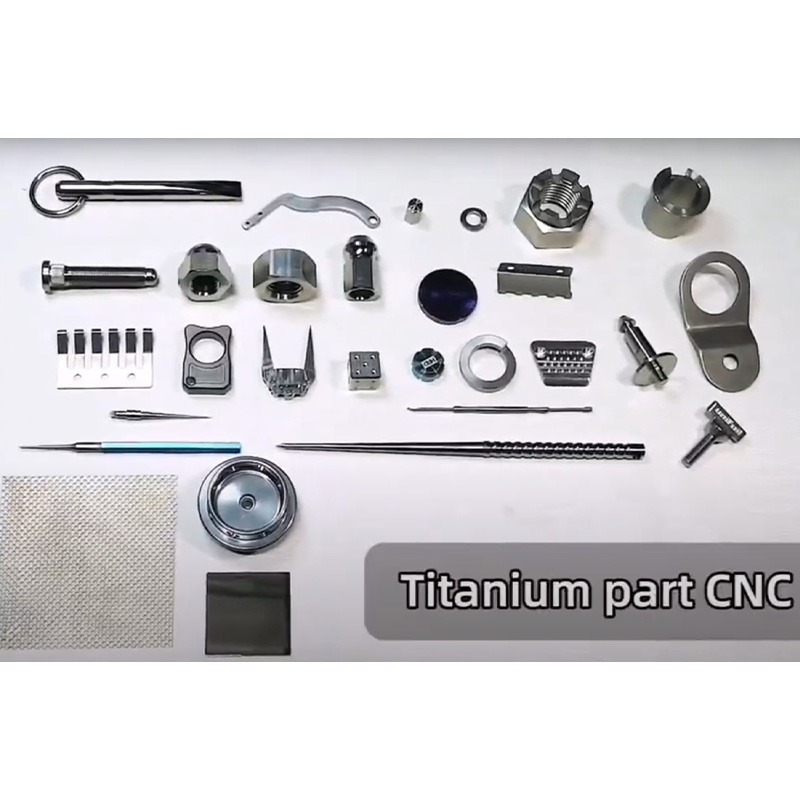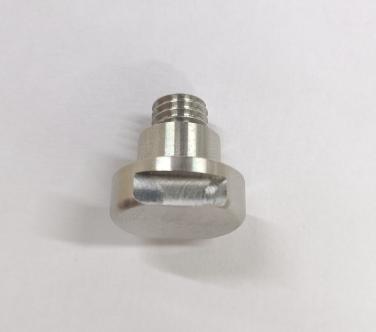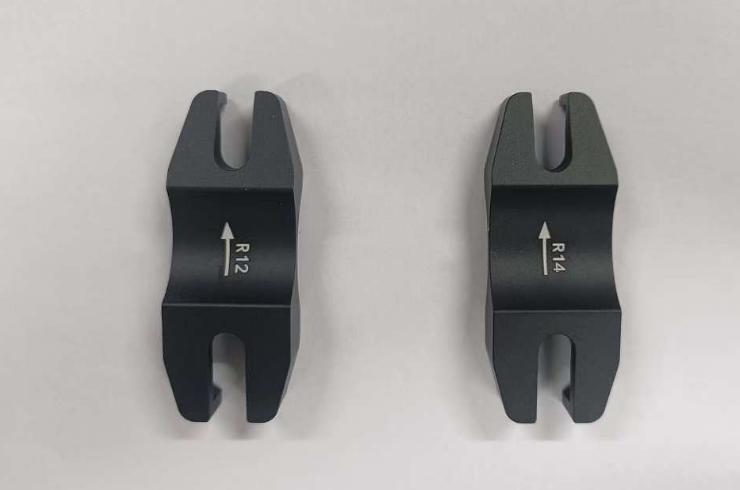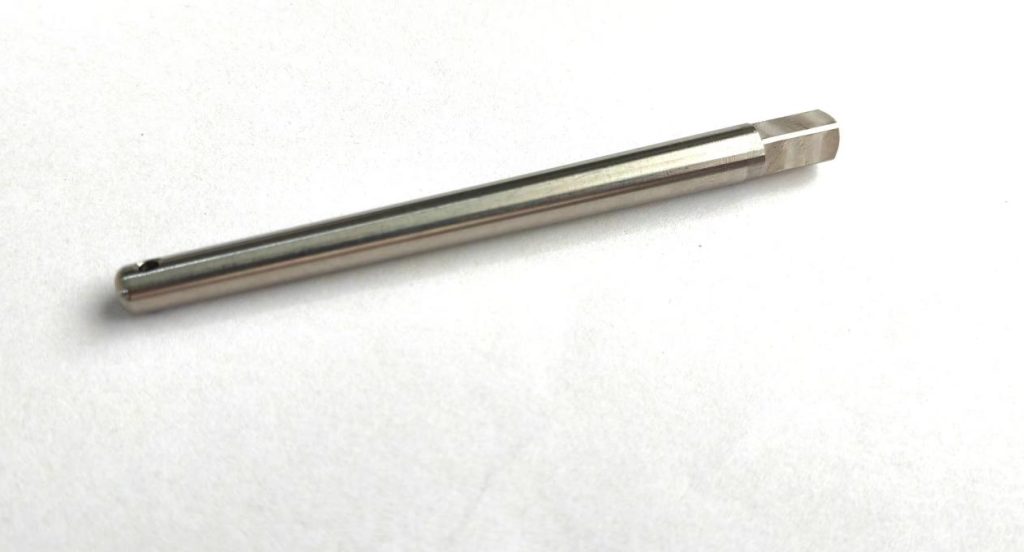How to Select the Right Material for CNC Lathe Parts?
The precision and efficiency of CNC (Computer Numerical Control) lathe are heavily reliant on the quality and suitability of the materials used for their parts. Each component, from the spindles and chucks to the tool holders and control systems, is critical to the performance and longevity of the CNC lathe. Choosing the right materials is an important part of the manufacturing process because it influences factors like durability, machinability, and overall functionality.
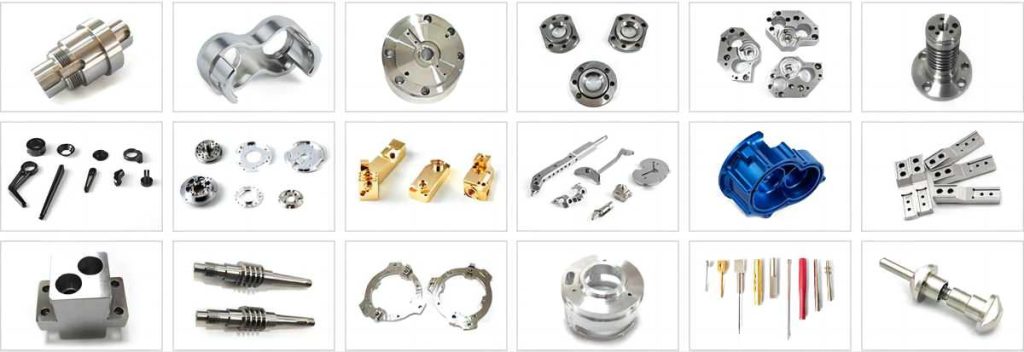
What are Common Materials Used in CNC Lathe Parts?
1. Aluminum Alloys
Aluminum alloys, which are known for their lightweight and excellent machinability, are widely used in CNC lathe parts, particularly in applications where weight reduction is a priority. They are also resistant to corrosion, making them suitable for a variety of industries.
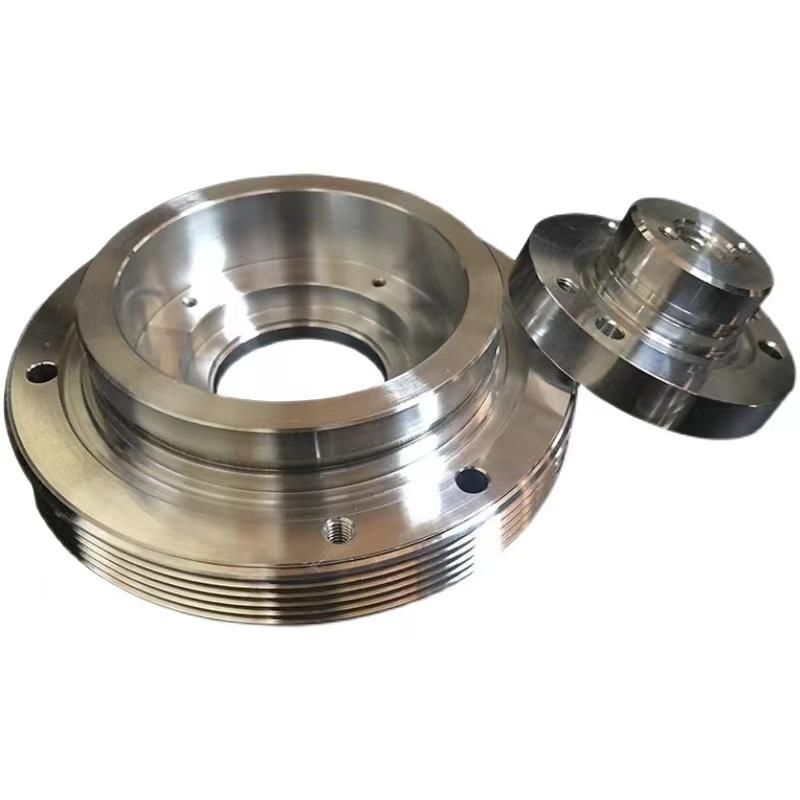
2. Stainless Steels
Stainless steels are chosen for their resistance to corrosion and durability. Stainless steels come in various grades, each tailored to specific applications. Stainless steel CNC lathe parts are common in environments where exposure to moisture or chemicals is a concern.
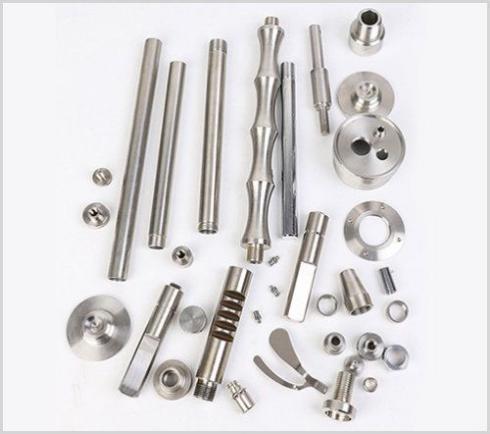
3. Tool Steels
Tool steels are used in parts that require a high degree of hardness and wear resistance. These materials can withstand the harsh conditions that cutting tools are subjected to, resulting in longer tool life and consistent machining precision.
4. Brass and Copper Alloys
Brass and copper alloys are valued for their high thermal conductivity and resistance to corrosion. They are frequently chosen for specific applications where these properties are advantageous, such as electrical components.
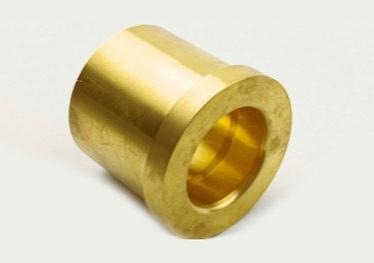
5. Titanium Alloys
Titanium alloys combine exceptional strength, corrosion resistance, and low density. They are used in aerospace, medicine, and other high-performance industries where these properties are critical.
What are the Key Factors Influencing Material Selection of CNC Lathe Parts?
Material selection for CNC lathe parts is an important part of the manufacturing process because it directly affects the performance, precision, and durability of the CNC machined components.
1. Machinability
Cutting Tool Compatibility: The selected material should be easily machinable with the cutting tools commonly used in CNC lathes.
Chip Formation: Materials that produce manageable chips during machining contribute to smoother operations and longer tool life.
2. Mechanical Properties
Hardness: To resist wear and deformation during machining, CNC lathe parts frequently require materials with specific hardness levels.
Tensile Strength: To withstand the forces and stresses applied during machining processes, high tensile strength is required.
Toughness: The material’s ability to absorb energy while resisting fracture, ensuring durability in high-impact applications.
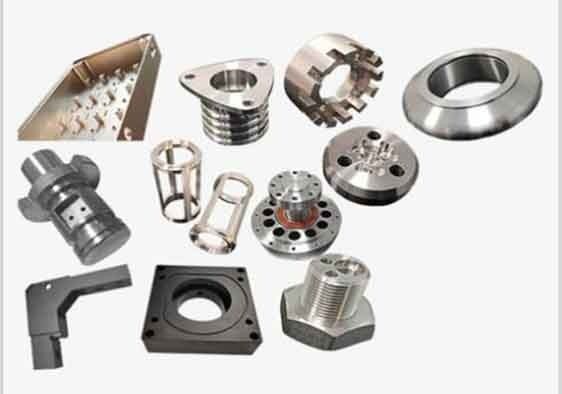
3. Thermal Stability
Heat Resistance: CNC lathe operations generate heat, and thermally stable materials can maintain dimensional integrity at high temperatures.
Thermal Conductivity: Heat dissipation efficiency is critical for preventing thermal deformation and preserving precision in machined parts.
4. Corrosion Resistance
Chemical Resistance: CNC lathe parts in corrosive environments require materials that are resistant to chemical degradation.
Surface Finish Retention: Corrosion-resistant materials aid in the long-term preservation of the desired surface finish of machined components.
5. Weight Considerations
Density: Materials with lower density are preferred for applications where weight reduction is a priority, such as aerospace or automotive components.
High Strength-to-Weight Ratio: Achieving a balance between strength and weight is crucial for optimizing the performance of CNC lathe parts.
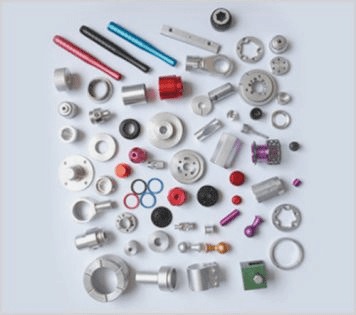
6. Electric and Thermal Conductivity
Electrical Conductivity: Some applications may require CNC lathe parts with specific electrical conductivity properties.
Thermal Conductivity: Efficient thermal conductivity is essential to prevent heat buildup during machining.
7. Material Cost and Availability
Material Cost: It is critical to balance performance requirements with cost considerations in order to optimize the overall manufacturing budget.
Material Availability: Having a consistent and reliable supply of the chosen material is critical for uninterrupted production.
8. Wear Resistance
Abrasion Resistance: CNC lathe parts, especially cutting tools, benefit from materials with high wear resistance to prolong tool life and maintain precision.
Lubrication Compatibility: Materials that work well with lubrication systems can reduce friction and wear during CNC machining.
9. Precision and Dimensional Stability
Dimensional Stability: CNC lathe parts demand materials that exhibit minimal dimensional changes during machining to ensure high precision.
Consistency in Material Properties: Ensuring uniform material properties across batches is crucial for maintaining consistent part quality.
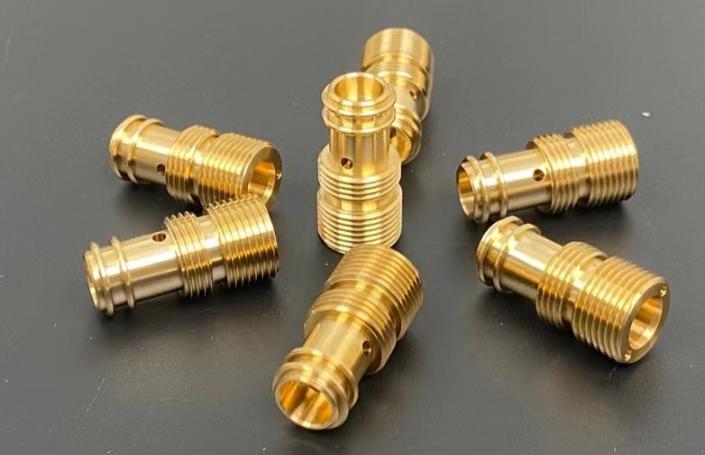
10. Regulatory Compliance
Environmental Regulations: Environmental standards and regulations may influence material selection, particularly in industries with stringent environmental regulations.
Conclusion
Material selection for CNC lathe parts is a meticulous process that necessitates a thorough understanding of the application’s specific requirements. Manufacturers must carefully assess the properties of different materials to optimize the performance and reliability of CNC lathes, whether they prioritize strength, machinability, corrosion resistance, or a combination of these factors.

